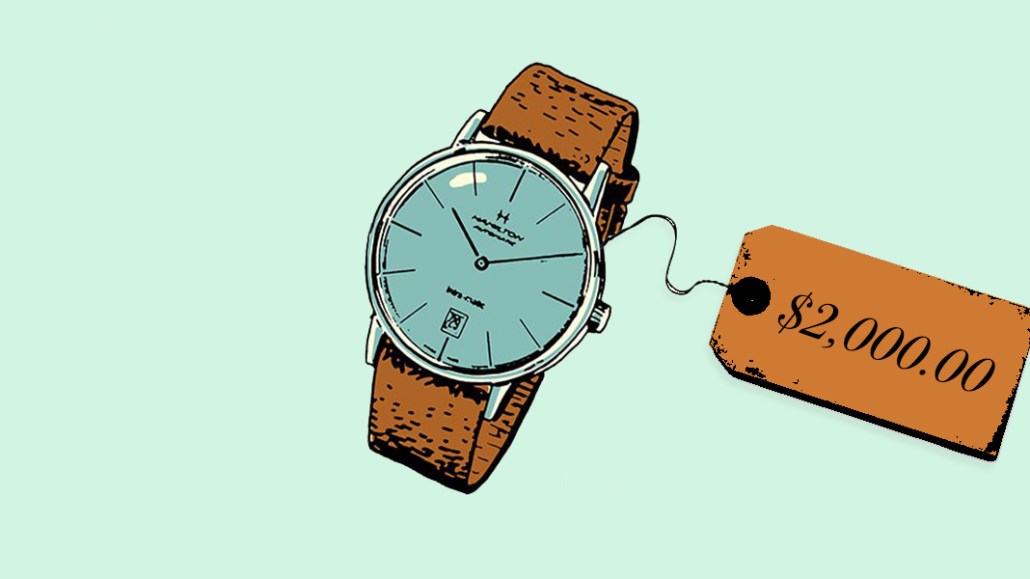Save 50% on a 3-month Digiday+ membership. Ends Dec 5.
Beyond the boom and bust cycle: How The Sun grew and stabilized its e-commerce revenue haul

A year ago, U.K. tabloid The Sun made the decision to split out its product recommendations and buying guides into its own section, called Sun Selects. The goal: To grow and retain revenue sources generated from e-commerce.
So far, it’s working as e-commerce and affiliate revenue have grown into a seven-figure business for the publisher, said Jo Carrigan, head of commercial content at parent company News UK. Sales conversion rates have increased as people become more familiar with the brand. Dwell time on Sun Selects articles are above the average compared with The Sun’s other articles, although Carrigan wouldn’t share details. Sun Savers now has a repository of 1,500 articles, from the best home gym equipment to how to choose the best tires for your car.
Like all publishers, The Sun saw peaks in e-commerce in line with traffic growth while people observed sheltering orders. In April at its height, The Sun had 37.3 million unique monthly visitors, according to Comscore. Over the last five months, publishers have seen a four-fold growth in commerce revenue, according to affiliate network Skimlinks.
When The Sun first dipped into affiliate and e-commerce three years ago, there was a tendency for sales to “boom and bust,” said Joel Watson, Sun Selects editor. “We would have really busy periods offering great sales and the revenue would go up and down,” he said. “Sun Selects now means there is a steady stream of revenue.”
For publishers early on in their e-commerce efforts, a small handful of articles generate the majority of the revenue, making it a shakier source. The average revenue per article across all publishers can range between £30 ($39.57) to £800 ($1055) depending on variables like how many links are in an article, said to Dunia Silan, vp revenue for Europe, the Middle East and Africa at Skimlinks. The top 50 U.K. publishers are fetching an average revenue per article of £86 ($113.42), this has grown by over 100% in the last five months, she added. The Sun wouldn’t say what its average revenue per article is.
Sun Selects has a team of five people working on commerce content with another 10 to 15 freelancers used for more specialist product recommendation articles. Like a lot of affiliate publishers, the team uses a combination of search trends tools — 85% of Sun Selects traffic comes from Google Search so people are in the market, the publisher said — and editorial intuition. The team sifts through tools and monitors search term competition, so it’s not always bidding for the number one search term which could eat into margins.
“The data we learn about the audience is so valuable,” said Carrigan. “This shows the mood of the nation, people want to recreate at home the experiences of food and drinking and haircuts, with varying degrees of success.” This insight is fed back to clients who want more data on exactly what products people buy.
Ad position: web_incontent_pos1
Through testing and learning, the team will continue putting in place what it’s learned over the last year to increase conversions and improve the user experience, but it couldn’t share exact details.
While peaks in e-commerce revenue have been a welcome sight, it’s a far cry from making up for depressed ad revenues. Publishers can’t predict how much longer the peaks will last, especially since plenty of remote working and home decor purchases — monitors, treadmills, desks — are one-time purchases.
Typically, e-commerce sales would now be entering a lull ahead of the scramble of sale days and shopping in November and December, said Watson, who doesn’t expect the last five months to dampen the appetite for the upcoming holiday spending spree.
“There will be plenty of room for sales figures to continue through to Black Friday, I don’t see an enormous overlap,” he said. “We’re a long way from seeing the revenue generated from Sun Selects plateau.”
More in Media

What publishers are wishing for this holiday season: End AI scraping and determine AI-powered audience value
Publishers want a fair, structured, regulated AI environment and they also want to define what the next decade of audience metrics looks like.

Digiday+ Research Subscription Index 2025: Subscription strategies from Bloomberg, The New York Times, Vox and others
Digiday’s third annual Subscription Index examines and measures publishers’ subscription strategies to identify common approaches and key tactics among Bloomberg, The New York Times, Vox and others.

From lawsuits to lobbying: How publishers are fighting AI
We may be closing out 2025, but publishers aren’t retreating from the battle of AI search — some are escalating it, and they expect the fight to stretch deep into 2026.
Ad position: web_bfu




